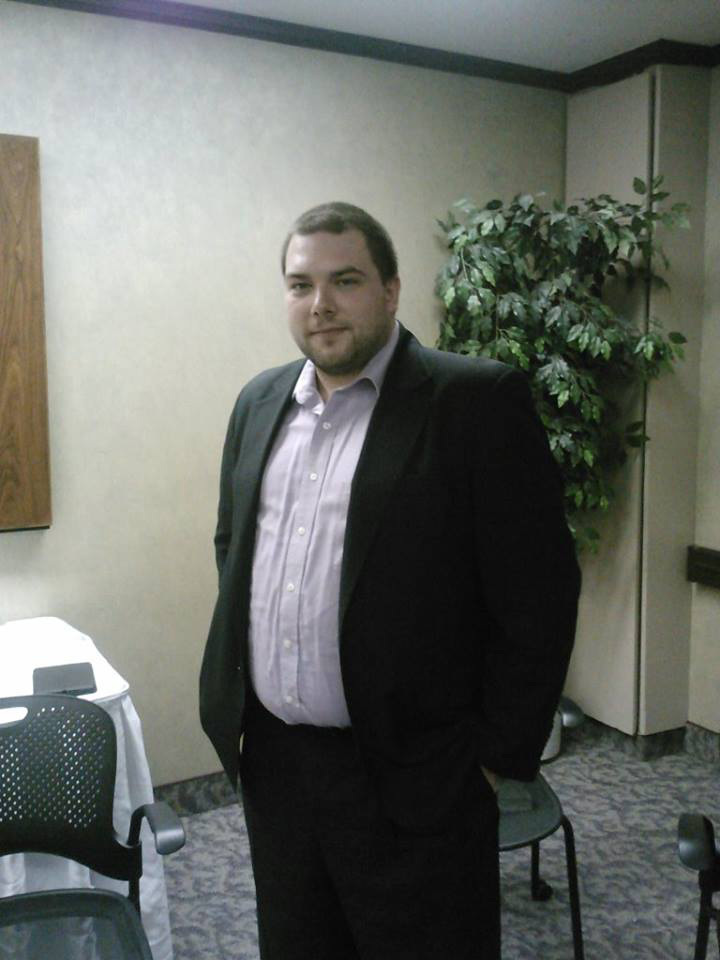Douglas College student outlines the importance of campus media
By Cazzy Lewchuk, Staff Writer
Patrick Vaillancourt, a Douglas College student and current News editor of the Other Press, was elected president of the Canadian University Press (CUP) on January 12 in Edmonton. He will take the helm of CUP on May 1, and will lead CUP for the next 12 months. Vaillancourt will be moving to Toronto in the spring to begin his position at CUP headquarters.
CUP is the nation’s oldest and largest student journalism collective in North America. Despite this, it has recently been losing several significant members, not only from smaller colleges, but also large universities which have been long-time members. In an interview with the Other Press, Vaillancourt said that one of the goals of his presidency is to put a plan in place at the national office to “halt member attrition and come up with a responsible strategy to make services more relevant to our members.”
Vaillancourt went on to explain that member attrition is perhaps the biggest challenge facing CUP today: “Less members means less revenue to provide meaningful services to our entire membership. We can only start to bring members back into the CUP fold if we communicate that our services are meaningful and relevant to the membership.”
Vaillancourt stated that his main goal is to enhance CUP’s reputation in the eyes of the greater community. “I want to put the organization in a place of prestige—not only amongst student journalists, but also among the greater community.”
One of the reasons for its lower prestige is the rate at which schools are leaving. Vaillancourt believes CUP will improve as an organization by making itself more appealing, allowing for expansion and better services to be implemented.
Vaillancourt’s policy platform also highlights the importance of sustainability, although he points out that plotting a course in this is another challenge faced by CUP in the year ahead: “As an organization, we are living paycheque to paycheque without much in the way of long-term investments. Positioning CUP as a sustainable organization allows us the financial flexibility and the confidence to know we can provide the best services to our membership.”
Tying into the sustainability and reputation of CUP is its eventual direction for the future. As outlined above, the incoming president hopes to reverse the situation of members leaving the collective. “The eventual reacquisition of growth is important to the long-term vision of the organization,” he said. “CUP is an open cooperative which will allow members to join and enjoy services we offer. As the oldest student journalism cooperative in North America, we must remain relevant to those who wish to join CUP.”
Hopes are high that Vaillancourt’s presidency will lead to an improved and successful CUP for 2014. Vaillancourt will be stepping down from his position at the Other Press in a few weeks in order to focus on the transition to CUP. Jacey Gibb, the Other Press’ Editor-in-chief, had this to say about Vaillancourt’s imminent departure: “It’s going to be a shame to lose him, but it’ll be a great opportunity. If Patrick’s as good at being president as he is at being an editor, then [CUP] is in good hands.”

